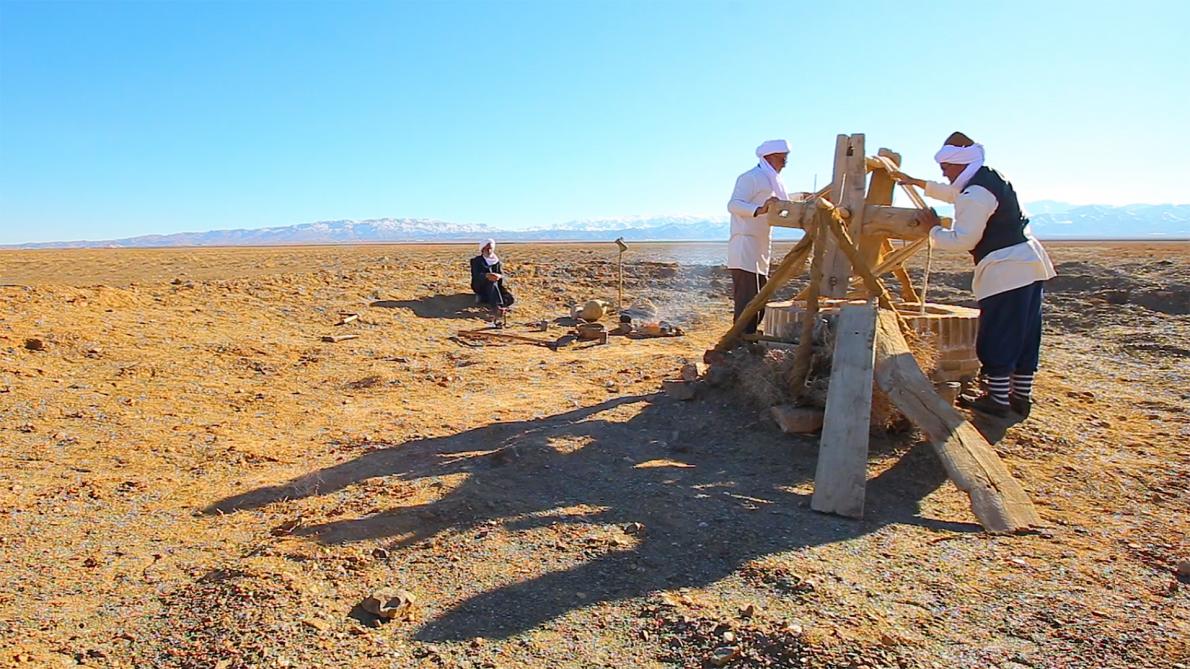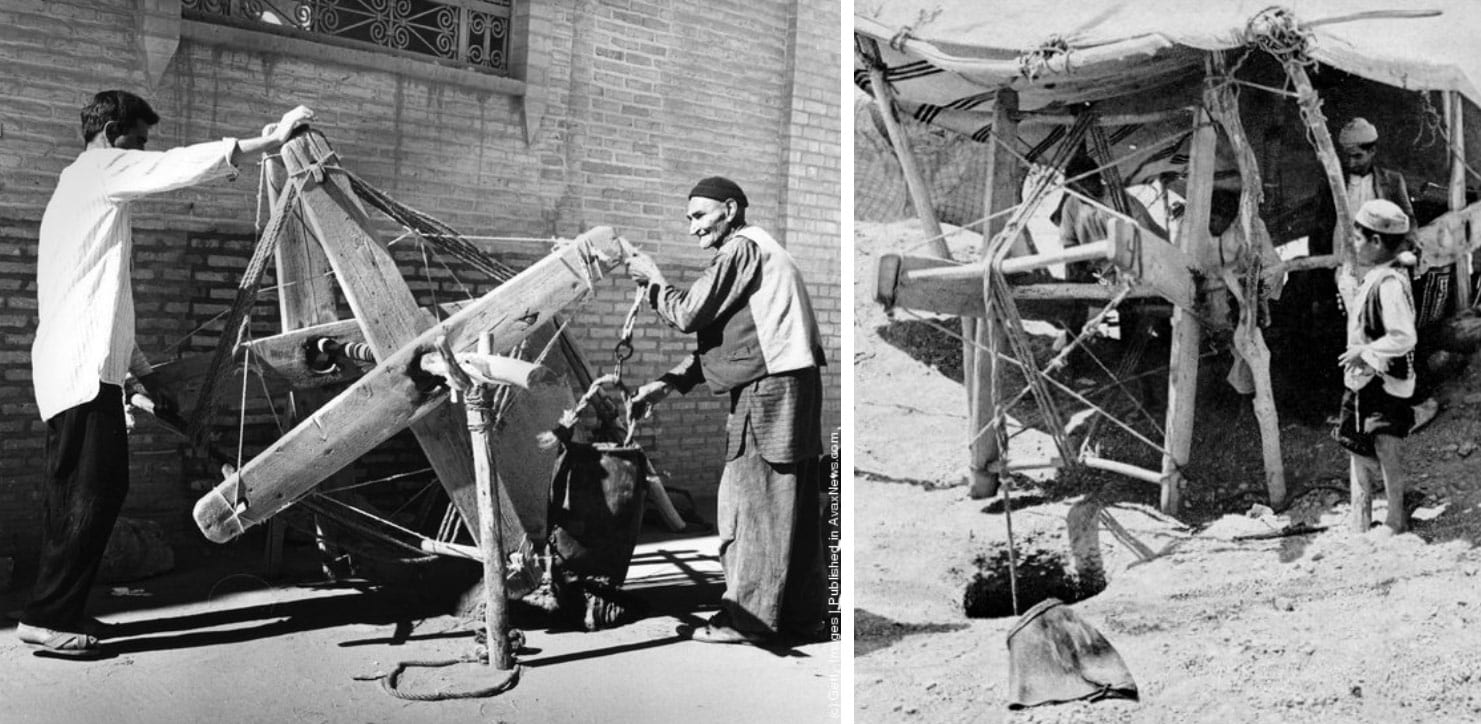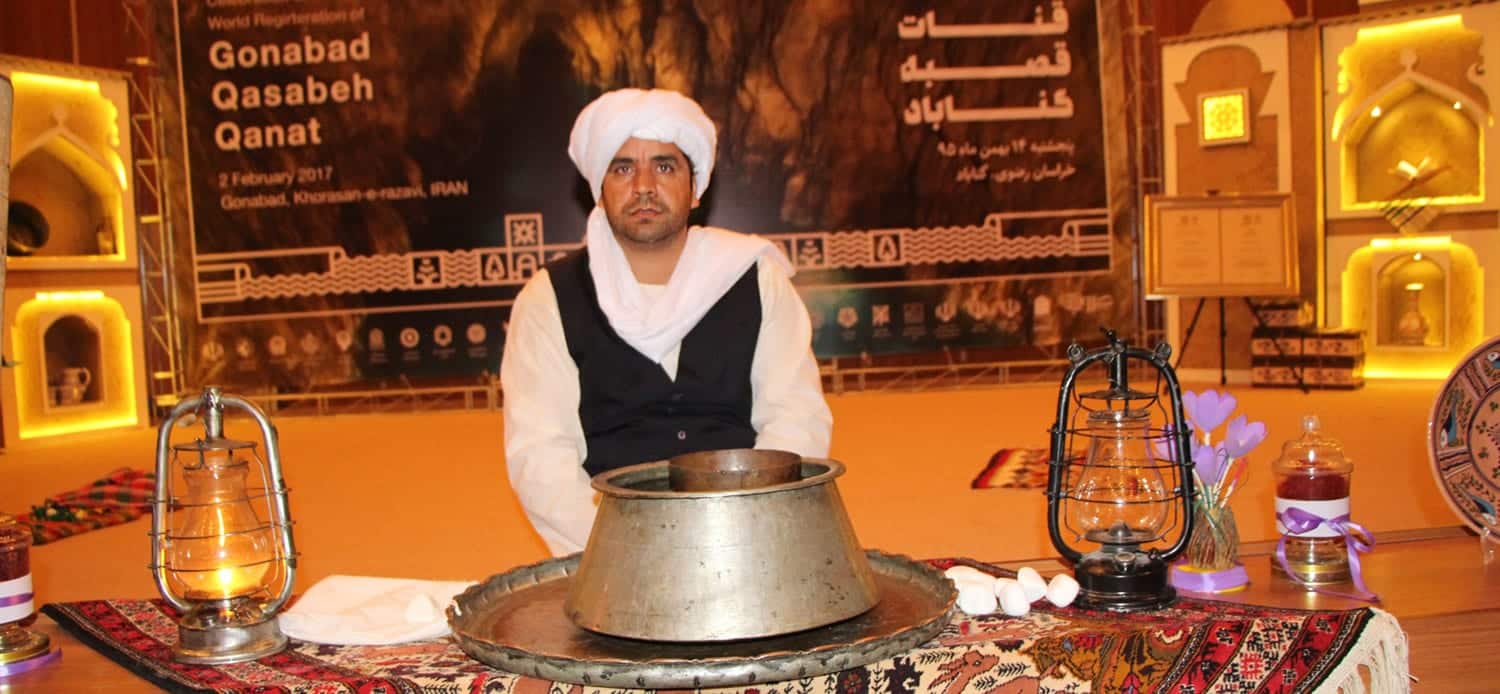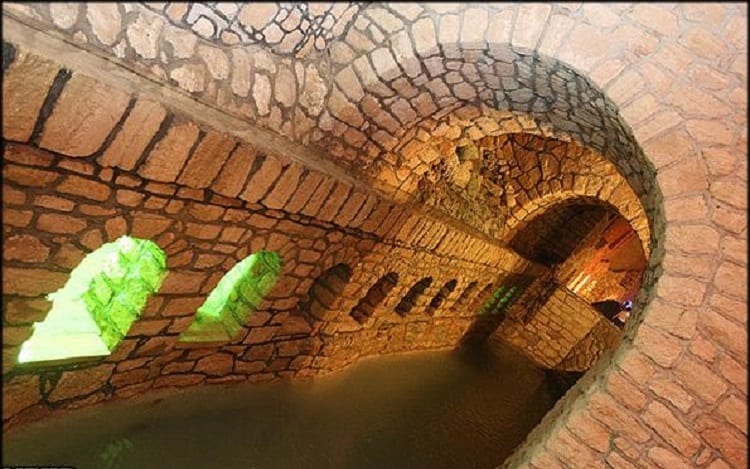Qanat: The Remarkable Water System that Shaped Iran’s History

Qanat construction as a cultural tradition has led to the formation of human settlements and creation of unique landscapes during the last three thousand years. The structure which is the masterpiece of human creative ingenuity at interaction with environment is considered as a tangible human heritage due to its remarkable technology and architecture. Additionally, because of its cultural role in communities it also includes various aspects of the intangible heritage as an exceptional witness of living civilization and culture. As an important historical structure, Qanat has been acknowledged as an intangible human heritage due to its direct link with live traditions, beliefs, and artistic-literal monuments in different areas.
Contents
Impact of qanats on landscape and settlement patterns
Dispersion of primary settlements on alluvial fans of the inner plateau, Kavir and desert margins of Iran has an intimate relationship with the pattern of its qanat system distribution. Regulations about traditional irrigation networks have been effective in the historical process of rural body development, change of functions as well as their conception. During the emergence of human settlement and its evolution stages, lands were transformed to gardens and homes and water networks were turned into passageway systems which led to urbanization.

A typical town or city in Iran and elsewhere where the qanat is used has more than one qanat. Fields and gardens are located both over the qanats a short distance before they emerge from the ground and after the surface outlet. Water from the qanats defines both the social regions in the city and the layout of the city.
The water is freshest, cleanest, and coolest in the upper reaches and more prosperous people live at the outlet or immediately upstream of the outlet. When the qanat is still below grade, the water is drawn to the surface via water wells or animal driven Persian wells. Private subterranean reservoirs could supply houses and buildings for domestic use and garden irrigation as well. Further, air flow from the qanat is used to cool an underground summer room found in many older houses and buildings.

Downstream of the outlet, the water runs through surface canals called ju which run downhill, with lateral branches to carry water to the neighborhood, gardens and fields. The streets normally parallel the jubs and their lateral branches. As a result, the cities and towns are oriented consistent with the gradient of the land; this is a practical response to efficient water distribution over varying terrain. The lower reaches of the canals are less desirable for both residences and agriculture. The water grows progressively more polluted as it passes downstream. In dry years the lower reaches are the most likely to see substantial reductions in flow.
OrientTrips
Yazd Hotels
Within the inner plains of Iran, the topography and traditional water supplying system ensued from qanats shaped the cultural basis for initial formation of Iranian settlements. In addition, it has played a key role in their dispersion and expansion.

Clearly, in traditional cities of Iran, a significant relationship exists between passageway network, its orientation as well as the orientation of homes with water networks made from qanats and terrain gradient. Throughout history among factors effective on the development of settlements and sustainable traditional cities of Iran are: topography, water and cultivable hinterland, production surplus, commerce, roads, religious elements as well as political and security considerations.
In Iran, water has always had a major role in location selection and distribution of settlements and in human activities. Rivers in various parts of the country have resulted in the emergence and expansion of cities such as: Esfahan, Dezful, Shushtar, Ahwāz, Ābādān, Rasht, Sāri and Gorgān. Here the role of qanats is also quite clear. Alluvial fans of inner plains of Iran have created the best farmlands ever in their lower slopes.
The majority of Iranian settlements are located within huge frustums opposite mountainous areas. In these regions big cities such as Tehran, Yazd, Kerman, Qazvin, Shirāz, Sāveh, Taft, Meybod and Kāzerun have been built. Most of them have an annual precipitation less than the minimum required and in most of them no major river flows. Thus, qanats have made water supplying of these settlements possible.

They have collected underground waters from foothills and alluvial fans directing them into farmlands and settlements via tunnels on a gentle slope. Settlements distribution on alluvial fans in desert margins of Iran has an intimate relationship with the distribution pattern of qanat system. Paul Ward English has confirmed the existence of this phenomenon in Kerman.
Culture and Qanat
Actually, the qanat concept originates from Iranian culture. Circumstances of qanat construction depend not only on the climatic, hydrogeological and topographical conditions but also on the existence of a deep water table at the foot of the alluvial fan. Moreover, those circumstances are in accordance with the hot and dry climate of Iran which has given rise to a culture of diligence in exploiting the harsh nature.

Iranians have developed a special culture for taming the harsh nature of the central plateau by making friends with its manifestations. This has often led to the creation of extraordinary elements such as qanats which in their turn have resulted in another creation in the form of The Persian Garden. The technique has been born and developed in Iran and has gone to other lands from here.

As already mentioned, a documented history of qanats in Iran has been recorded in inscriptions of Sargon the second (722-705 BC), king of Assyria. Considering such precedence as well as the historical role of qanat, the issue of water and irrigation in arid lands of Iran and the dependence of its people to water, it can be concluded that there is an intimate relationship between culture and qanat. The relation is so close that one of the multiple meanings of the word culture in Farsi (farhang) is water qanat (kāriz-e āb). Also the word dahān farhang (or qanat mouth) was a place where from a qanat, water flew above ground .
Qanat in local beliefs
Because water is the main concern of inhabitants of desert areas, qanat as one of the manifestations of water production has always had a sacred place in the heart of desert people so has been ingrained with the folklore of various regions of Iran. As a result, qanat plays a big role in indigenous ceremonies, rituals and beliefs. Occasionally there exist common local beliefs shared in several areas but at times, a culture exclusively belongs to only one region.
Among them are: belief in the gender of qanats, praying for rain and many other indigenous beliefs and traditions which require a broad discussion. Believing in the gender of qanats is prevalent in most of Iran.
According to it, qanats are either male or female so when their water decreases, qanat wedding ceremony is held ritually. Sometimes, the wedding is accompanied by a real human marriage which was performed beside a qanat and during the ceremony a ceramic jar full of qanat water was put on the wedding spread.
The bride of qanat was often a widow who could not marry again and was dependent on villagers for her daily expenses but the groom of qanat was a tall youth who received presents from villagers and once in awhile washed his body in qanat water together with the bride. Mention has been made of such rituals in literary and folkloric works of some regions located in Yazd, Laar, Shahr-e Kord, Isfahan and Arāk.
Read More





